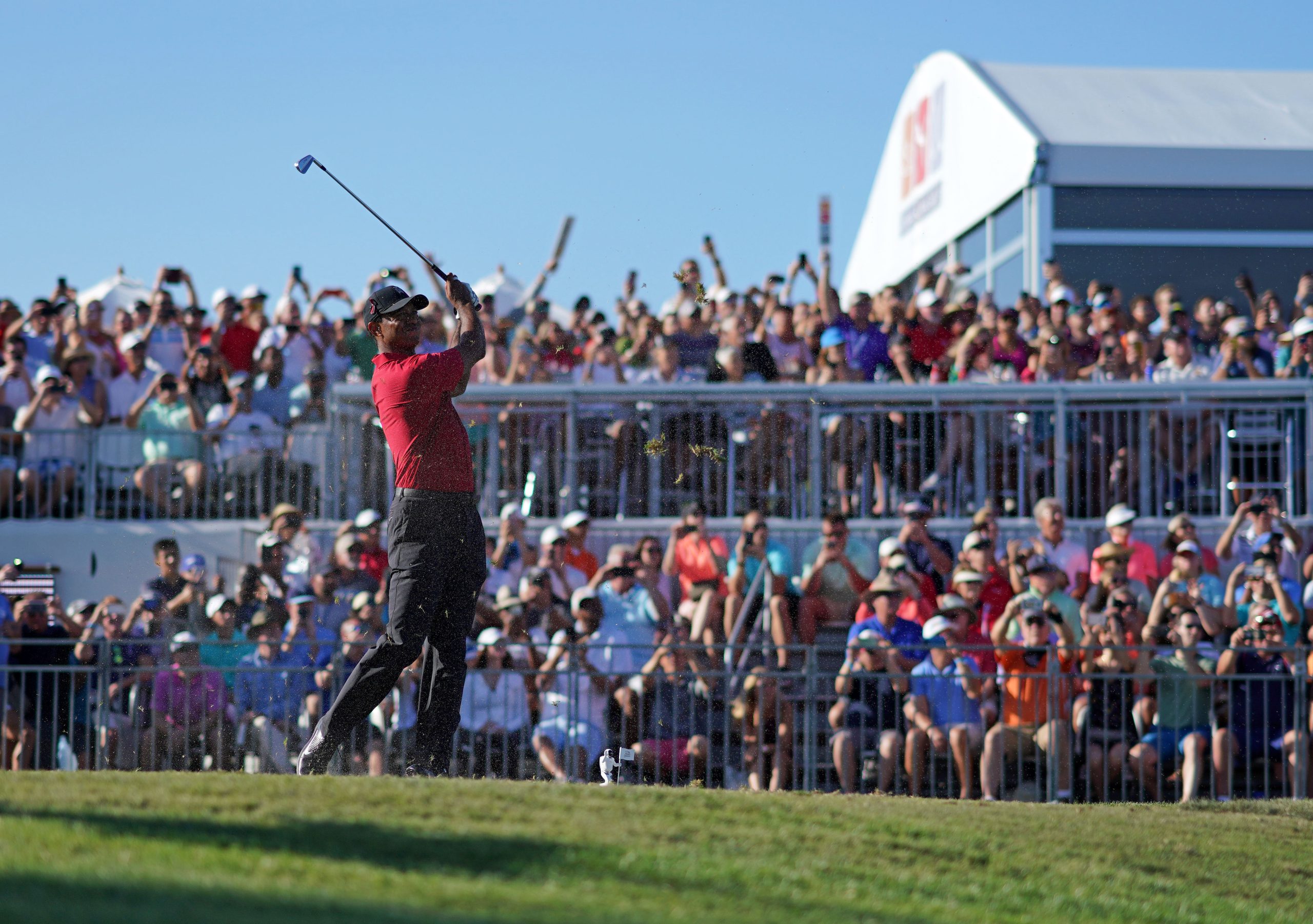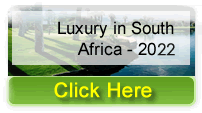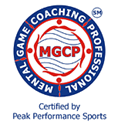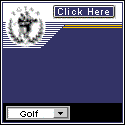PALM BEACH GARDENS — The glory days of the Honda Classic were as electric and as worthy of the national stage as any non-major on the PGA Tour.
Take 2012. A then-record attendance of more than 160,000 witnessed Tiger Woods’ lowest final-round score of his career up to that point, a 62 that was not good enough to overtake a 22-year-old hotshot named Rory McIlroy, who on that day became the youngest to move to No. 1 in the world since Tiger was there at 21.
Then there was 2014. Seven of the top 10 golfers in the world took on the difficult Jack Nicklaus-designed Champion Course at PGA National and four ended up in a playoff that was guaranteed to produce a winner whose first name started with the letter “R.” Russell Henley beat Rory McIlroy, Ryan Palmer and Russell Knox with a birdie on the first playoff hole.
Book your trip to PGA National today
That leads us to 2023. An event that has difficulty attracting a world-class field — a trend that started about four years ago — could (and should) receive help from the PGA Tour, which has an opportunity to do the right thing in 2024 because of the nuances of the schedule.
More from Palm Beach Post: PGA Tour narrows title sponsor list for Honda Classic from 40-50 to about five
The Honda Classic will be rebranded next year with Honda Motors ending its 42-year run as the title sponsor, and what better way for the PGA Tour to show a new sponsor it really does care about the event’s future by ensuring it ends this run of its top golfers treating Honda as if it were an alternative event. This is the least the Tour can do for a tournament that has succeeded in every other way.
Despite most of the top-ranked golfers skipping Honda in recent years, mainly because of its spot in the schedule, attendance has remained steady in non-pandemic years and local charities have continued to benefit with record amounts of donations. All a credit to first-year Executive Director Andrew George and his predecessor, Ken Kennerly.
“There’s a lot of stuff we can’t control,” George said. “But we can control the atmosphere we put out here and making sure we’re continuing to be a community event. And that’s not going to change. It’s only going to get better.”
But spectators also want to see marquee names, especially those they could run into at a local coffee shop, and Honda is among a handful of tournaments that have been squeezed by the Tour when it comes to the schedule. For many golfers, the excuse has been valid when high-profile events like the Phoenix Open, Genesis Invitational, Arnold Palmer Invitational and Players Championship surround one event. Most prefer not to play for five consecutive weeks, and the one the Tour neglected will pay the price.
But that did not make it any easier to digest when on any given year about half of the top 20 golfers in the world lived within about a 10-mile radius of PGA National, and very few recently have not bothered to roll out of bed and make the 20- to 30-minute drive west on PGA Boulevard.
This is where the Tour now must act and help Honda in 2024 and beyond just as much as it crushed it in 2023.
All indications are it’s moving in that direction.
Schedule could offer Honda relief
Andy Pazder, chief competitions and tournaments officer for the PGA Tour, touted Honda’s history and the work Jack and Barbara Nicklaus have put into the event to make it so successful off the course. He said the Tour is looking at those events that have drawn the short stick and putting them in “position to be successful” and just not in the short term.
“What you would look to see next year and years beyond would be having the event in a position where it’s not isolated,” Pazder said.
In other words, Pazder and his team are looking for ways to alleviate the glut of high-profile events around Honda, a position the Tour put Honda in when it designated four events around Honda as elevated with minimum $20 million purses. Honda’s purse is $8.4 million.
This year, Honda comes after the Phoenix Open and Genesis Invitational and is followed by the Arnold Palmer Invitational and Players Championship. All were given elevated status in 2022. The top 20 from the 2022 Player Impact Program are required to play in the elevated events. They are allowed to skip one during the year.
“They don’t want to have what we have this year,” Kennerly said about Honda’s spot on the schedule. “Unfortunately, that doesn’t do anybody any good.”
Honda’s field this year includes four of the top 30 golfers in the current world rankings, which would be its fewest in at least a decade. None in the top 10 will play for the third consecutive year. From 2013 to 2018, Honda averaged four of the top 10. In the past four years, one top 10 golfer has played Honda, total, No. 3 Brooks Koepka in 2020.
Having champions like Sepp Straka (2022) and Keith Mitchell (2019) claim their first PGA Tour win, or Matt Jones (2021) hoist a trophy for the first time in seven years are cool, heartwarming stories. But that does not compare to a Justin Thomas (2018), Rickie Fowler (2017), Adam Scott (2016) or McIlroy celebrating on the 18th green.
Out of Honda’s control are those who now play on the LIV Golf tour. Of the 11 top 50 golfers in the Honda field a year ago, Koepka, Louis Oosthuizen, Joaquin Niemann, Patrick Reed, Matthew Wolff and Lee Westwood have since joined LIV and have been banned from playing PGA Tour events.
The Tour is looking at different ways to make changes to help boost the field. The solution for the next three years could be in the calendar that provides an extra week before the Masters.
The best outcome would be for the Tour to separate Honda, which commences the Florida Swing, from the Genesis Invitational, which marks the end of the West Coast Swing. That would allow golfers to play Honda and the elevated events around Honda without having to tee it up for five consecutive weeks.
“I think the extra week is important to this,” George said. “This is probably the toughest stretch in golf. They’re focused on that and separating (those elevated events). That extra week is going to help us.”
Said Pazder: “It gives us a little bit more flexibility next year.”
Sungjae Im (No. 19), Billy Horschel (19) and Shane Lowry (22) are the highest-ranked golfers in this year’s field. Horschel, a Florida native and graduate of the University of Florida, wants to see all Florida events succeed. For The Players and API, that’s never a problem.
“Not only me,” Horschel said, “but there’s a lot of guys living in the Jupiter area. I know a lot of those guys have played the Honda Classic before. It’s always nice to play a tournament and sleep in your own bed.
“Guys in that area would love to play it, if it was in a little different spot.”
Guys like McIlroy, who lives in Jupiter, and Thomas, who now resides in Tequesta. Both have won the tournament, but McIlroy has skipped four in a row and Thomas has not entered Honda since 2019. Jupiter’s Dustin Johnson, who now is part of LIV Golf, shied away from the Champion Course for years. He played Honda three times, the last being in 2015.
Rory McIlroy of Northern Ireland plays his second shot from a difficult stance on the edge of a bunker on the par 4, ninth hole during the second round of the 2018 Honda Classic on The Champions Course at PGA National Resort on February 23, 2018, in Palm Beach Gardens, Florida. (Photo by David Cannon/Getty Images)
Sponsors must commit to larger purses
The Tour is reassessing how it designates events as elevated. Some will continue to offer $20 million in prize money, while others are not guaranteed. Some could get into a rotation. The likelihood is all will be offered the chance to be designated at different times and it will be up to the title sponsor whether it is willing to make that investment.
The additional money for tournaments with $20 million purses is shared by the sponsor and the Tour.
“There are some that are very pleased with the state of their event in its current form,” Pazder said. “They’re happy with their field, they’re happy with the financial performance of the event as it’s generating significant charitable dollars.
“Any conversation around (Honda) becoming a designated event would involve a conversation with the new title sponsor.”
This means the earliest Honda could be considered for elevated event status is 2025, seeing as the Tour already is working on a 2024 schedule and the naming of a new title sponsor likely is months away.
The difference in the fields around elevated events was illustrated this month. The Pebble Beach Pro-Am, a non-elevated event, had three of the top 25 in the world rankings. The two elevated events that followed, the Phoenix Open and Genesis Invitational, had 22 and 23 of the top 25, respectively.
Honda will have three.
While the focus has been on the underwhelming fields in recent years, that has not affected the tournament’s popularity and charitable reach. In fact, Honda is thriving in every other way with attendance remaining strong, charitable donations from the 2022 tournament hitting a record $6.45 million and the biggest buildout in tournament history this year with more than 300,000 square feet of hospitality suites, public seating and food venues.
The Honda Classic was named the Most Fan-First event in 2014 and 2019 by the PGA Tour, awarded to the event that stands out for affordable ticket options, parking and transportation accessibility, food options, amenity stations and social media activation engagement.
Still, George knows tournaments are judged externally by the strength of the field, and he is hopeful the momentum will start to swing in the favor of his tournament next year, no matter the name.
“We have companies that want the best player field,” George said about possible title sponsors.
“What (the PGA Tour) told us is, they want to make sure every event has an opportunity to get the players they want to get. And we’re seeing that, as we’re talking alongside them for title sponsorship, a lot of positive momentum towards that, even if we’re not elevated to start.”








